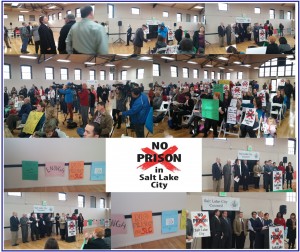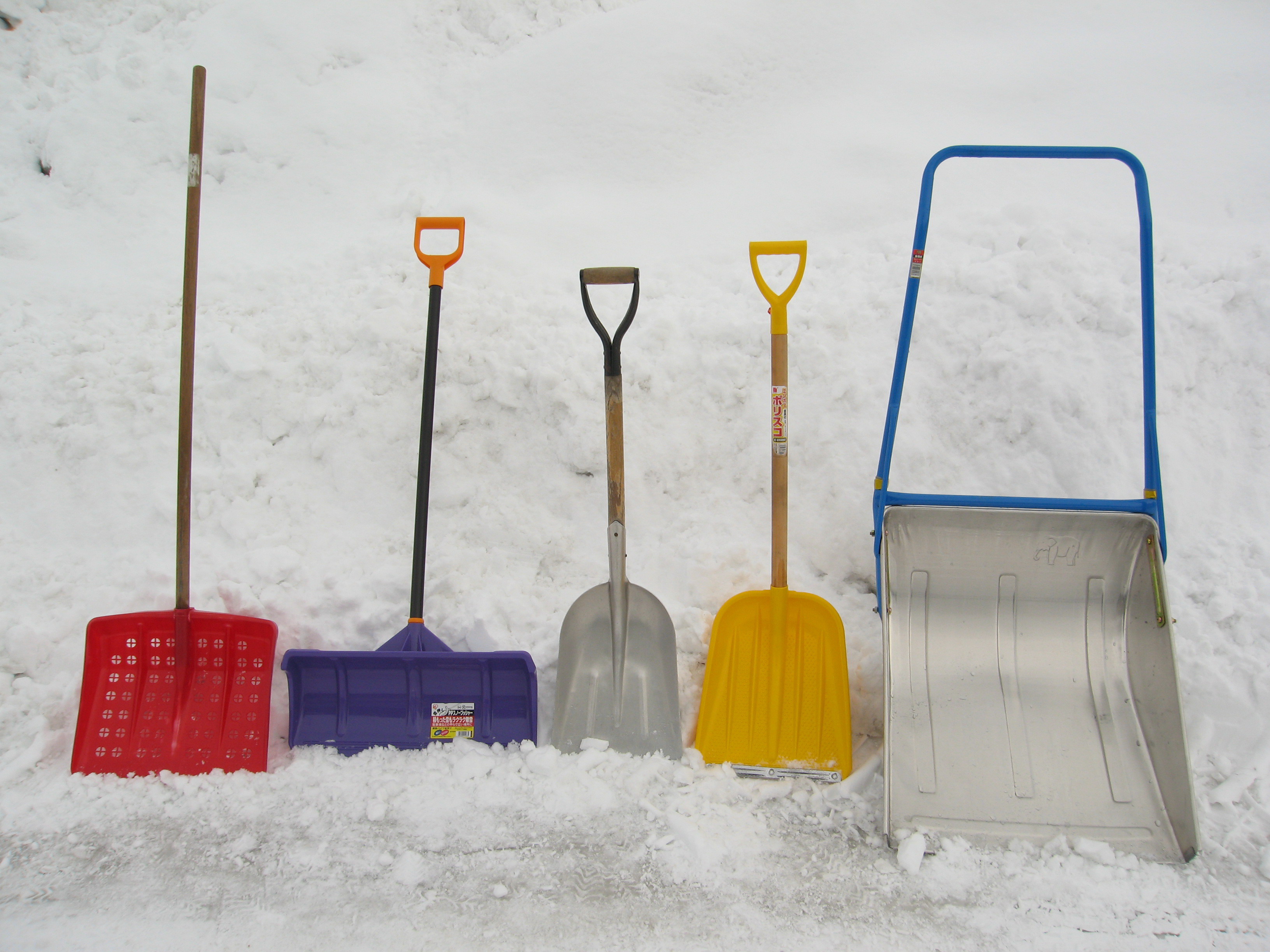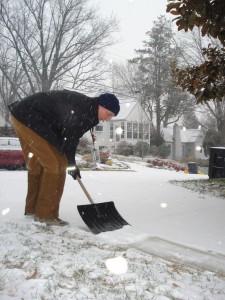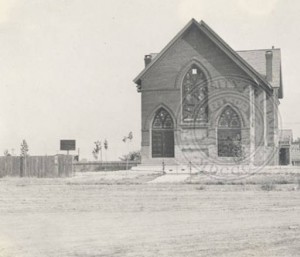The Salt Lake Valley is facing a crisis in the availability of affordable housing. There is abundant construction of apartments and condos, but limited construction of housing affordable to individuals and families with limited income.
In recognition of this situation, Salt Lake City’s long-time low-income service and advocacy organization, Crossroads Urban Center, is sponsoring the Low-income Housing Action Coalition- a coalition comprised of local community agencies and church congregations. 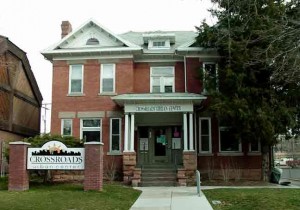
Tim Funk, spokesman for the Coalition, states that the group isn’t presenting any sort of new idea. “These approaches to meeting the housing needs of low-income people have been with us for decades. The idea is to not segregate low-income families into specific areas of a city; but to make affordable housing a part of all new housing construction.”
Funk notes that Salt Lake City is in an apartment-building frenzy. Over the past several years hundreds of market rate units have been built and hundreds more are under construction or are planned. While this a good thing for our city in general it does nothing for our poor and near poor individuals and families.
Funk states that Salt Lake City is in a low income housing crisis. According to the 2013 Housing Market Study commissioned by the city there is a shortage of 8,240 affordable rental units for households with incomes below $20,000 a year. The city study says, “More than one third – 35 percent – of the city’s renter households earn less than $20,000 per year. Just 13 percent of the rentals in the city are in their affordability range.
It is the position of the Coalition that, while Salt Lake City has aggressive plans for new housing, especially along developing transit corridors (think North Temple), the City has made little commitment to ensuring that a portion of this housing is affordable to low-income families.
Funk acknowledges that many neighborhoods, especially those on the westside, shudder when the term “low-income” is spoken; “we’re not talking about creating enclaves for the poor; we’re talking about ensuring that a percentage, say 20%, of the housing in the City’s new “Transit Areas” be affordable to low-income families.”
“Where will your elderly parents live?” asks Funk. “Where will your grown children live?” Without a commitment to ensure the inclusion of affordable housing in new housing construction, they won’t be living close to you.”
Tim Funk will be making a presentation to the Fairpark Community at its Thursday, January 22nd meeting.



